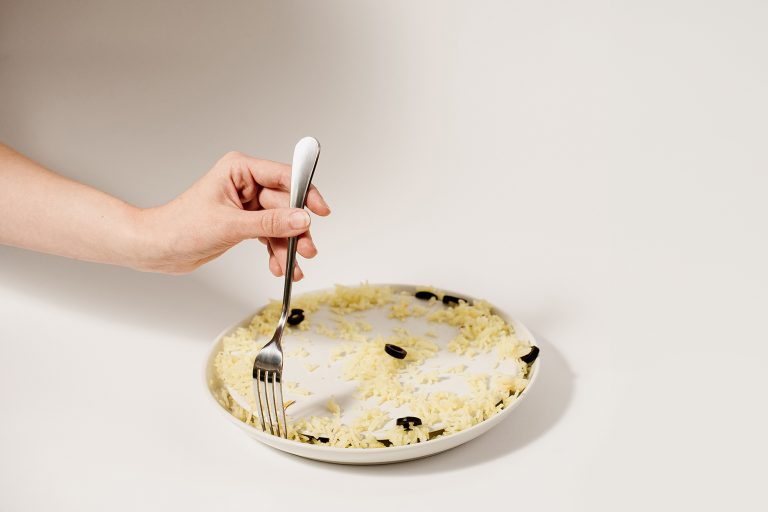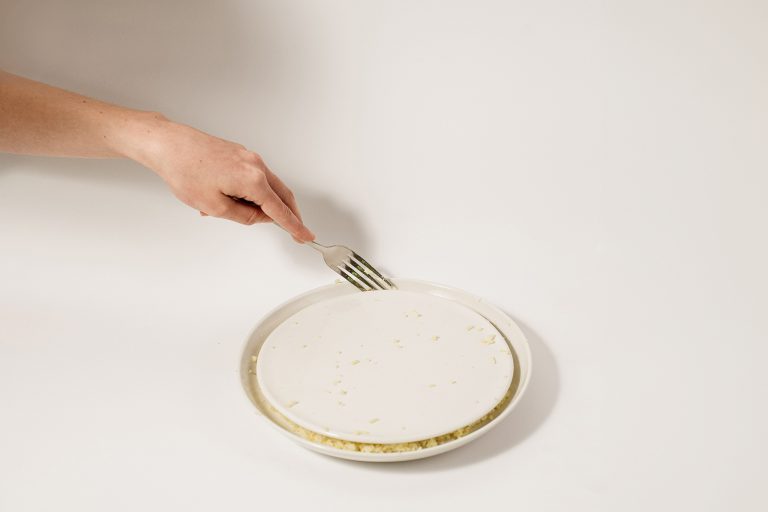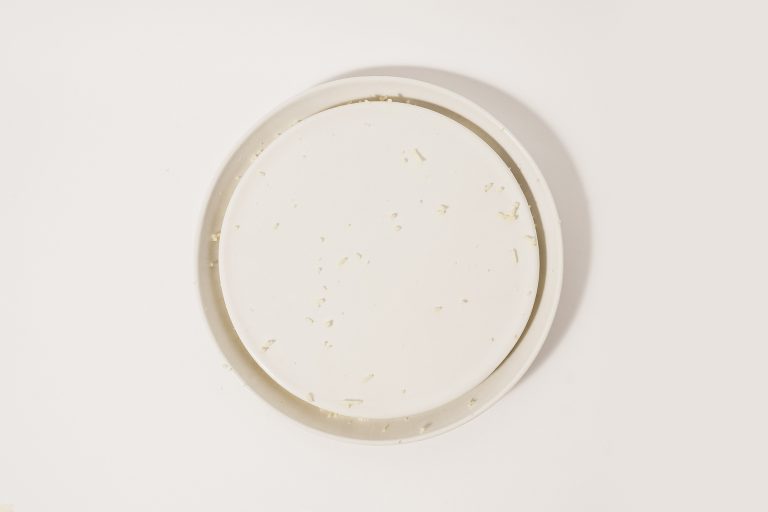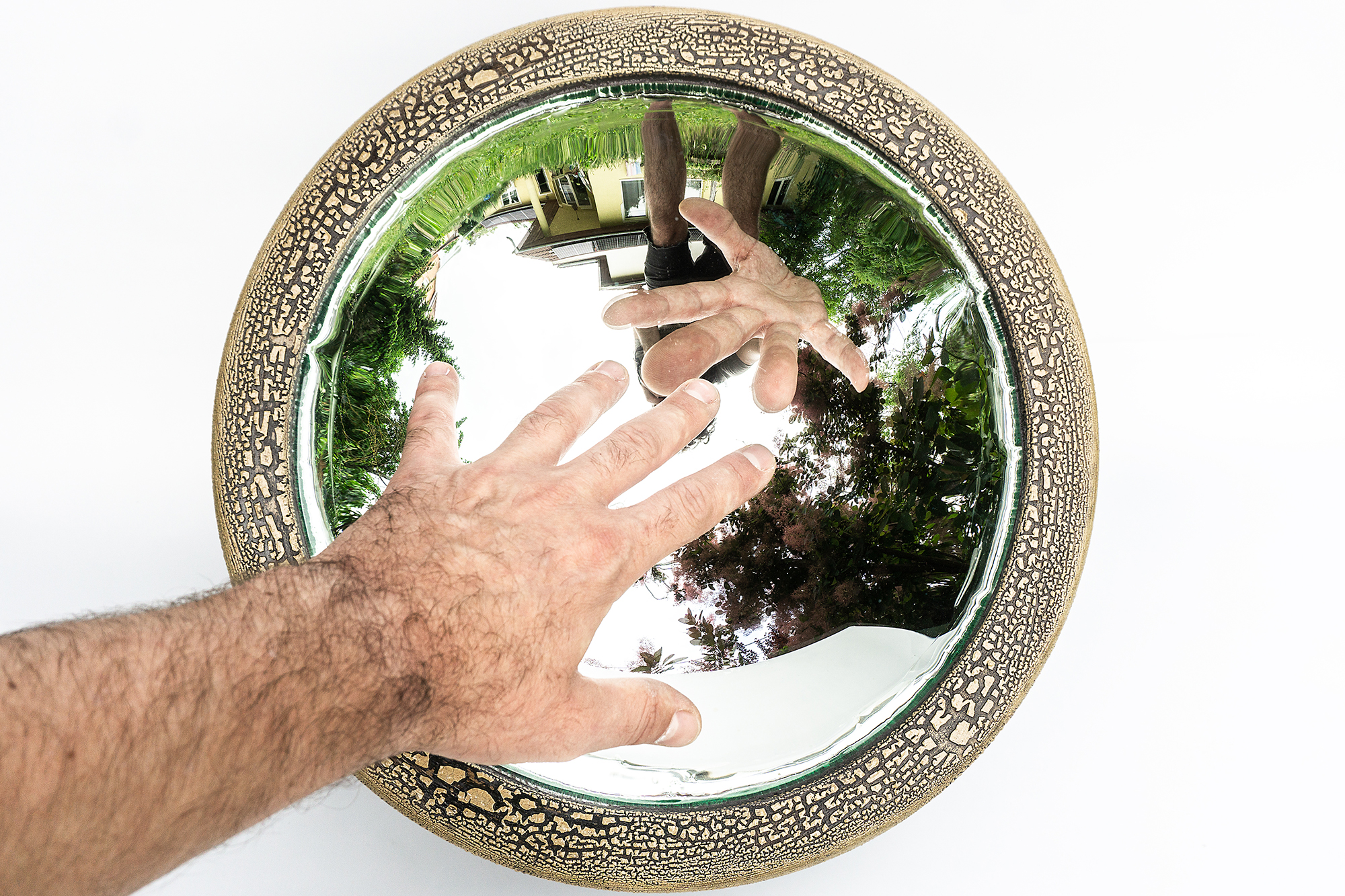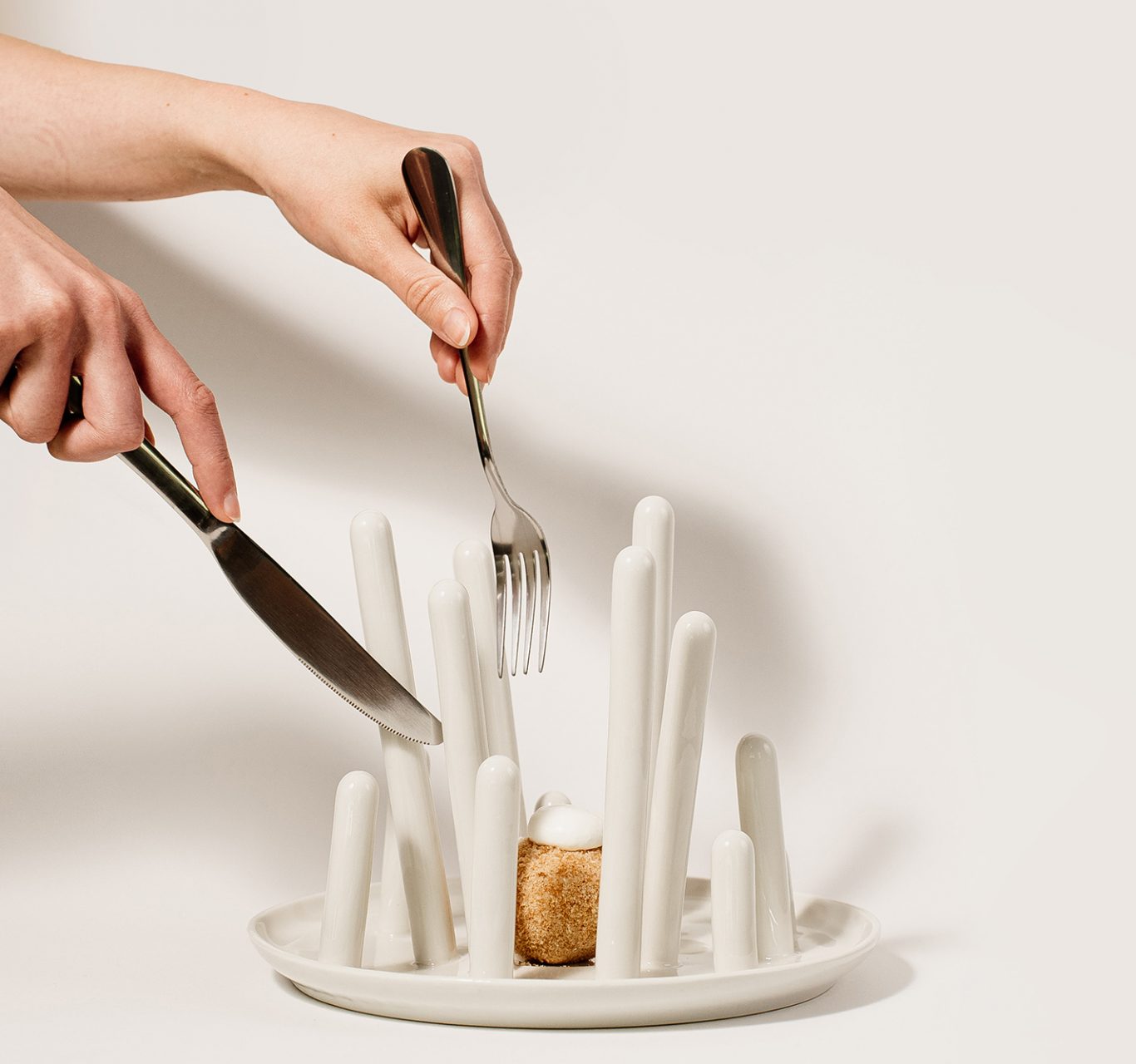
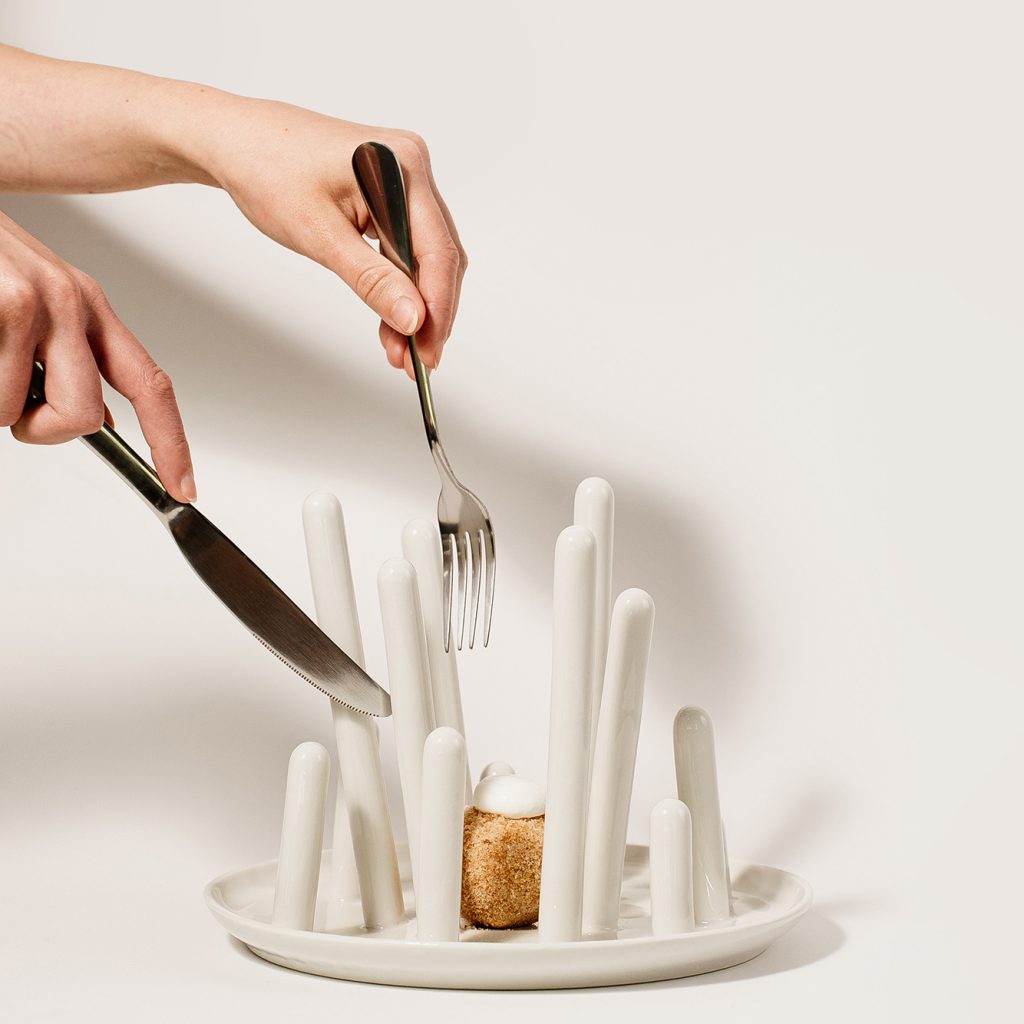
Putting anorexia on the table – Vértessy Dorottya’s tableware
“Can you really eat all that? Isn’t that too much? Are you eating properly?” These and similar all-too-familiar questions and hurtful remarks inspired Dorottya Vértessy’s absurd object collection, responding to one of the most common eating disorders, anorexia nervosa. In Hungary, there are at least 30,000 diagnosed cases of anorexia, with one in twelve patients dying within ten years due to complications, making anorexia one of the psychiatric disorders with the highest mortality rate. Given the ongoing scepticism surrounding the disorder, Dorottya set out to use conceptual designs to convey the various emotional processes, eating difficulties, and characteristic behaviours of those with anorexia. And what is the user supposed to do? Nothing special… Just eat!
Egg
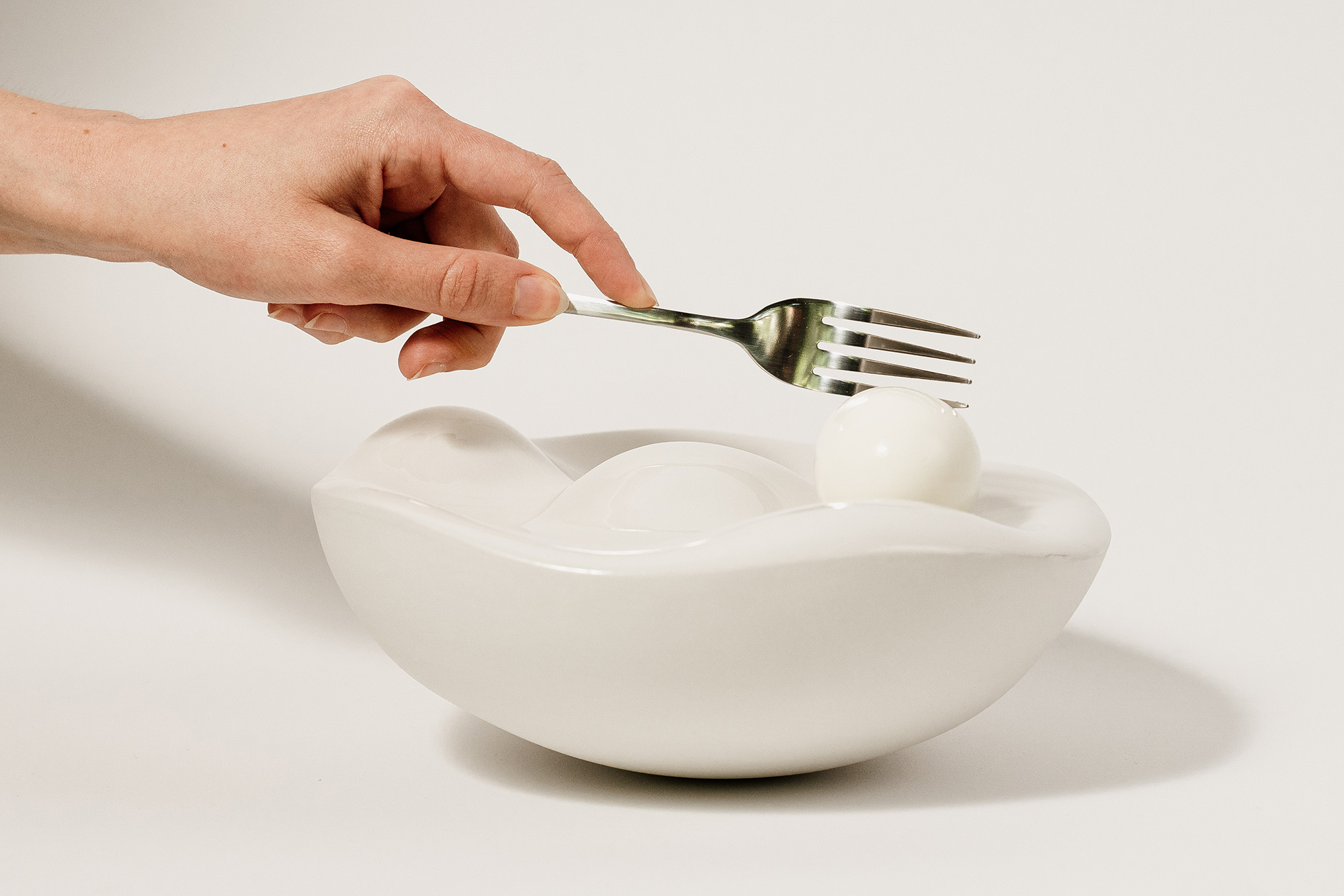
This wobbling, unstable object symbolises the uncertainty that individuals with anorexia feel about themselves. The act of cutting the egg in half poignantly reflects the fraught relationship with food, and is made nearly impossible by the slippery, undulating surface and constant rocking of the object. The piece intentionally puts the user in an uncomfortable position, disrupting their usual experience of eating, and highlighting that what might be a routine activity for some is a significant challenge for others.
Rice
Hiding or “picking” at food is a prominent behaviour among those with anorexia, who often deceive their surroundings by creating the illusion that there is no issue – after all, there is a change on the plate, even if it’s just carefully concealed. Dorottya demonstrates this action with a plate with two levels: from the centre outwards, every grain of rice can be discretely scraped into the gap running between the levels.
Dumpling
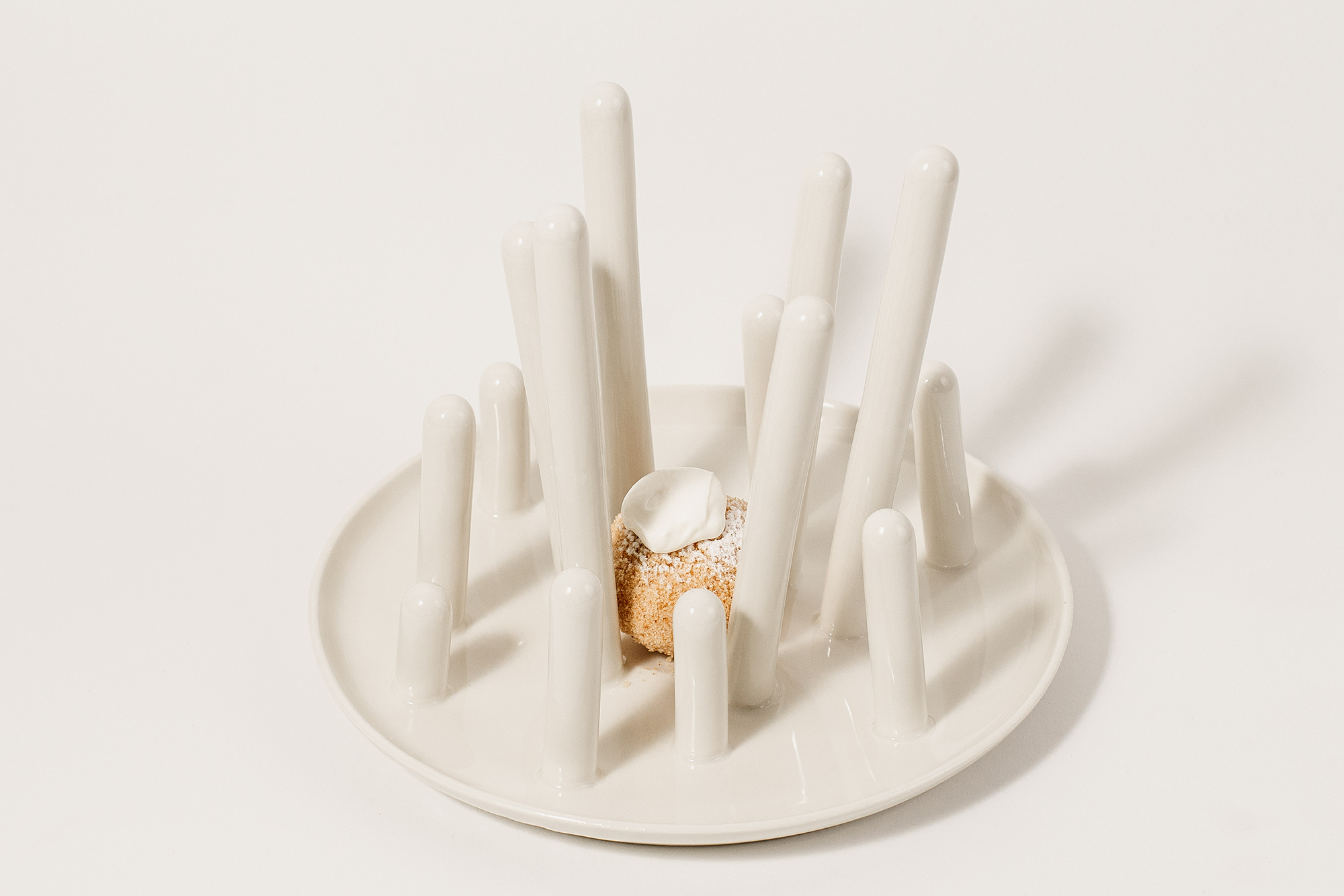
The densely arranged rods on the dinner plate evoke a sense of depression, with the cottage cheese dumpling hiding among them. While it may appear close, there are numerous obstacles blocking the path to it. Jutting out from every direction, the rods represent rigid (mental) blocks, alluding to the struggle experienced during meals.
Soup
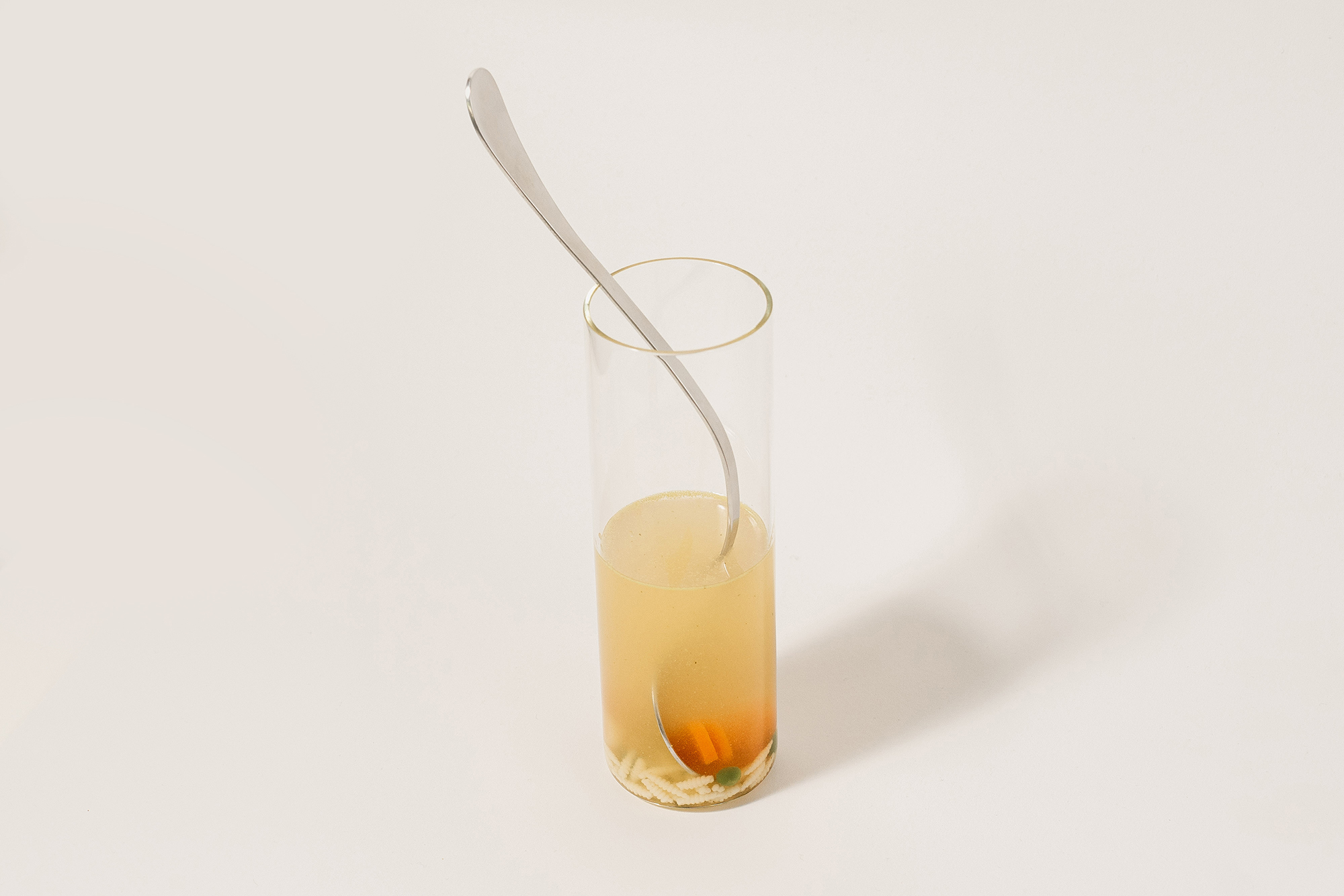
At first glance, it seems that the soup in the glass object could easily be scooped out with a spoon. However, due to the curvature of the spoon and the narrow diameter of the bowl, the liquid inevitably spills back during the lifting motion. This exhausting endeavour parallels the scenario seen with the Egg: a Sisyphean effort ending in inevitable failure.
Peas, Corn, Beans
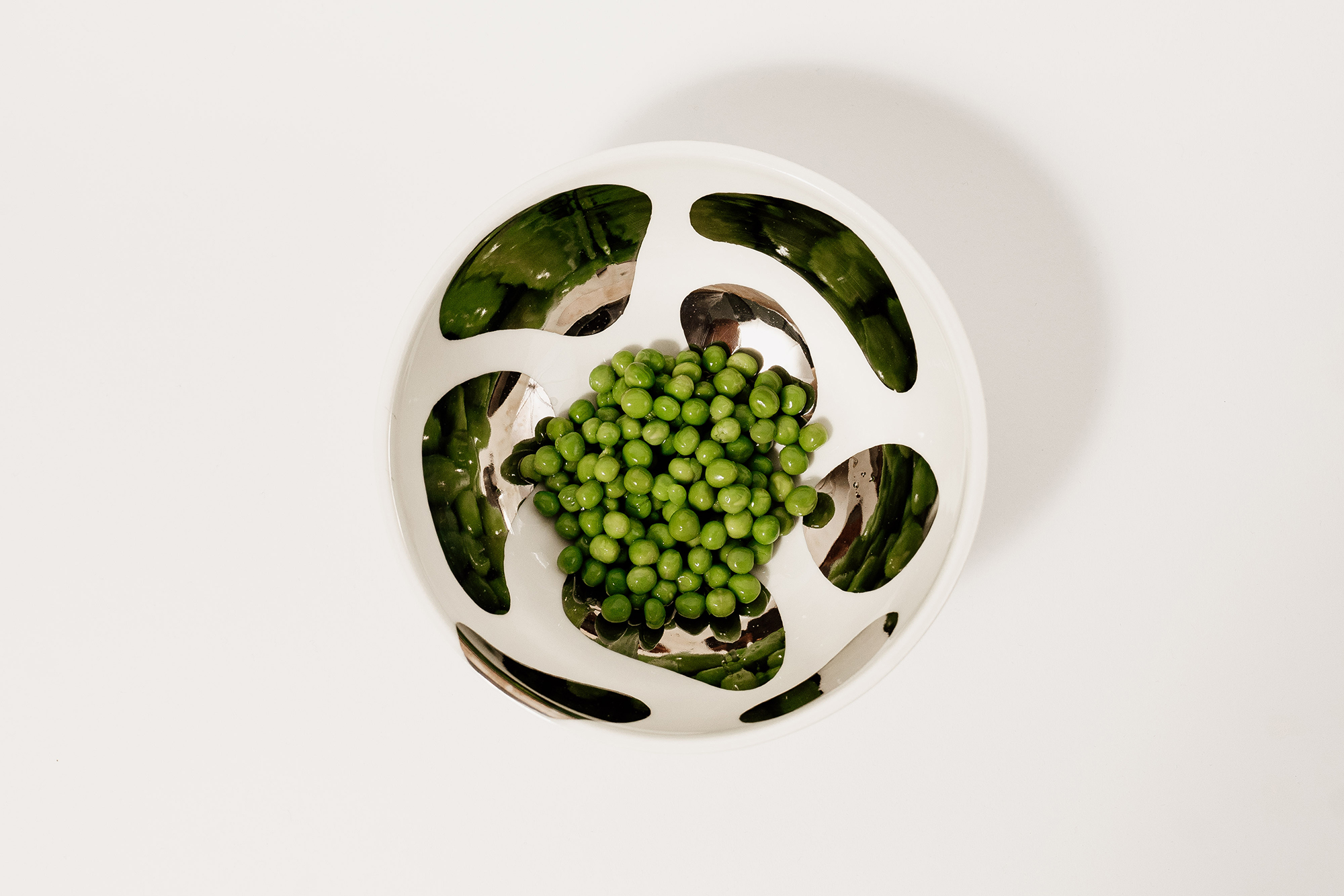
Patients with anorexia often see both their bodies and food differently. When they look in the mirror, they perceive themselves as larger or heavier, and all they see when looking at their food are numbers, data, and calories. The Peas, Corn, and Beans plates present this perspective through optical illusions. The foods on the plates appear larger, more plentiful, or simply distorted – the reflection changes in various ways, but it never shows reality.
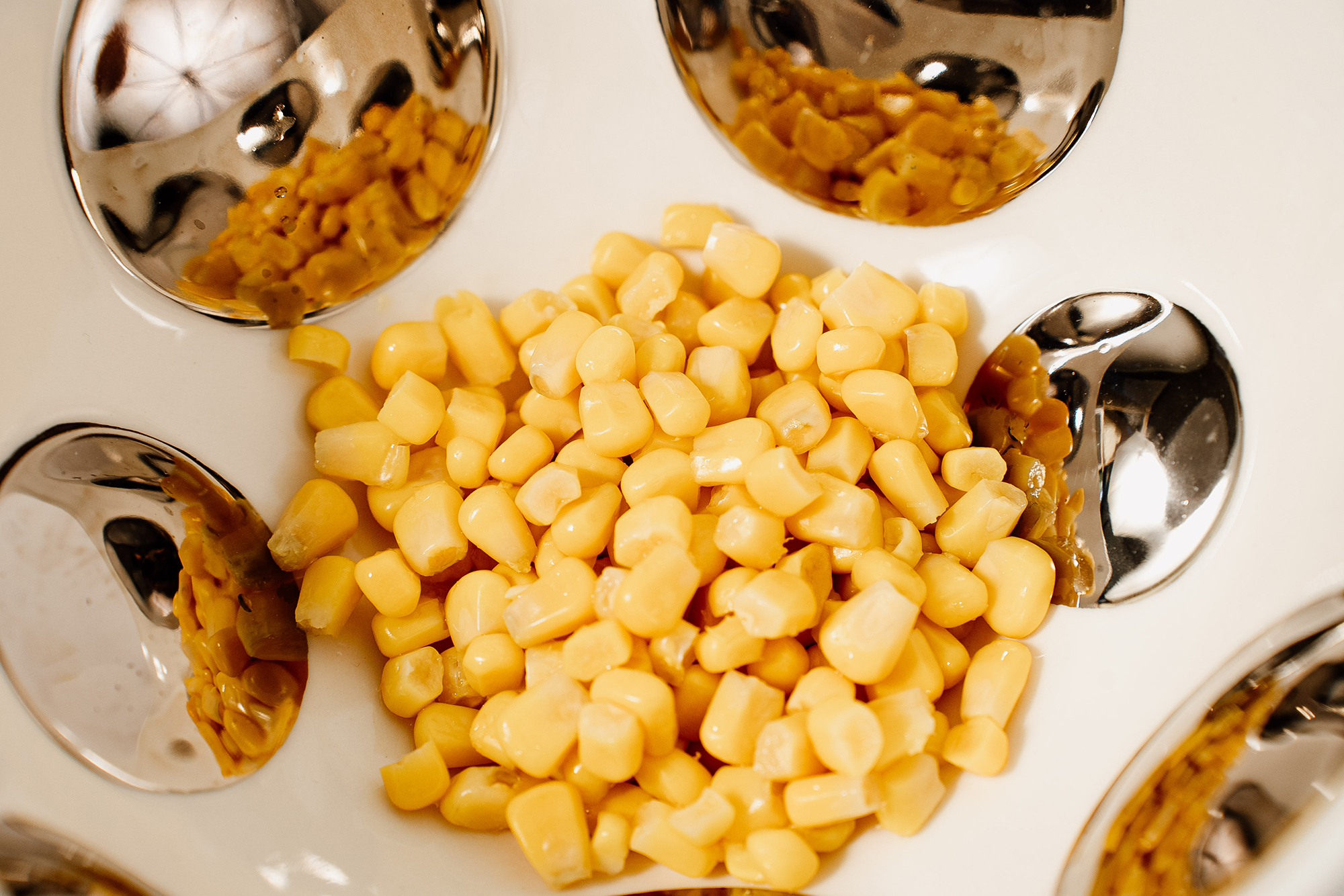
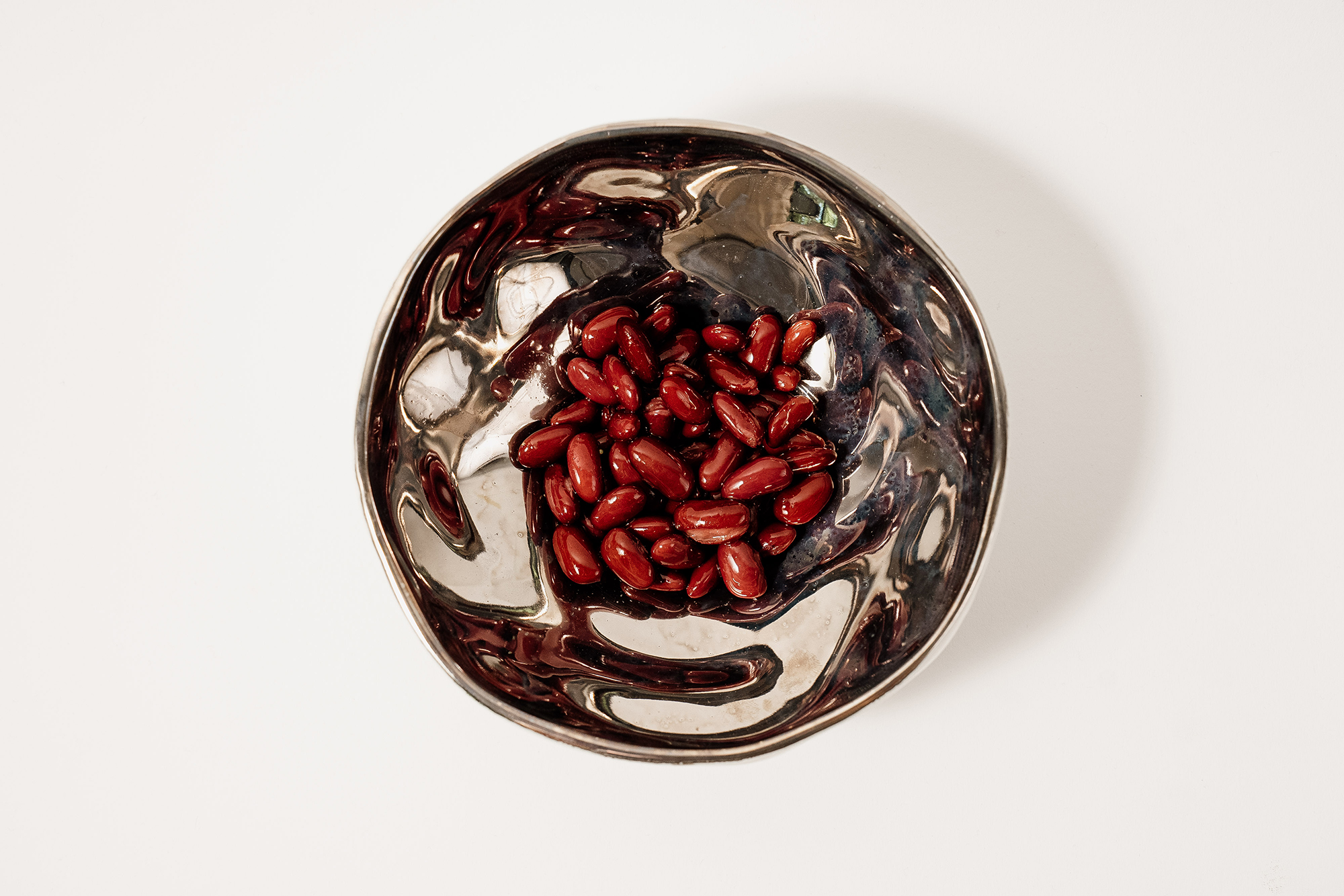
// /
The diploma project was completed at the Ceramic Design MA programme of the Moholy-Nagy University of Art and Design with Edit Kondor as her supervisor.
You can access Dorottya’s Instagram page HERE.
Photo credit: Milán Rácmolnár
